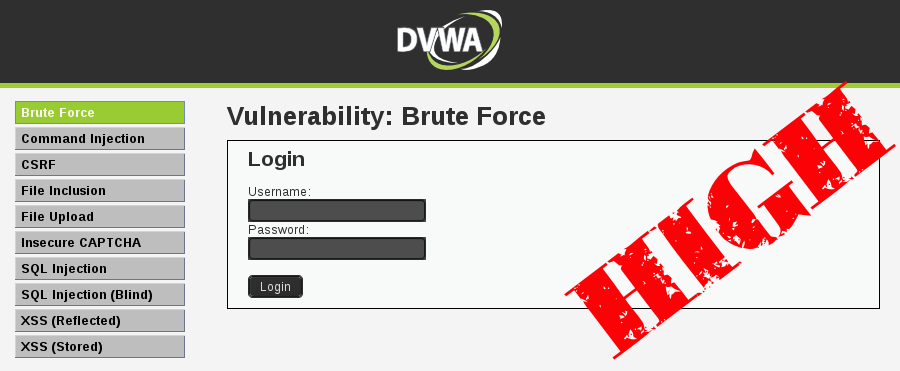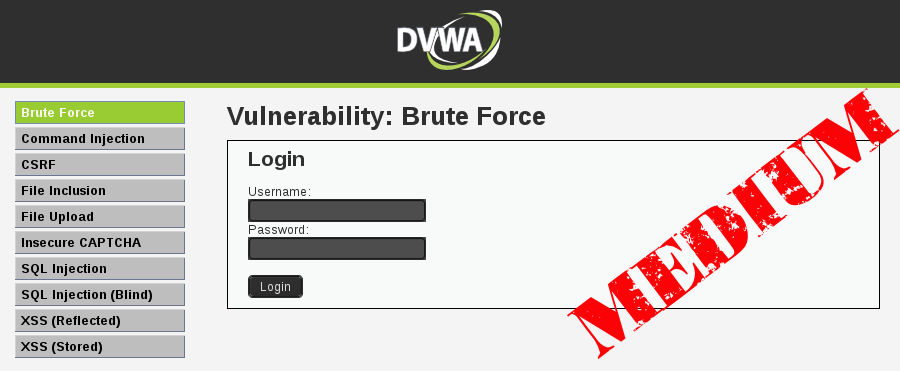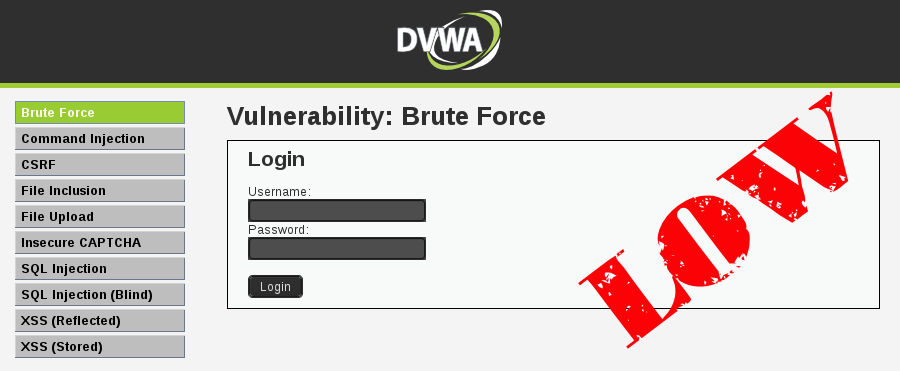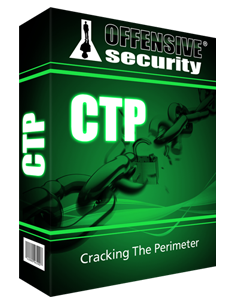This is the final "how to" guide which brute focuses Damn Vulnerable Web Application (DVWA), this time on the high security level. It is an expansion from the "low" level (which is a straightforward HTTP GET form attack). The main login screen shares similar issues (brute force-able and with anti-CSRF tokens). The only other posting is the "medium" security level post (which deals with timing issues).

For the final time, let's pretend we do not know any credentials for DVWA....
Let's play dumb and brute force DVWA... once and for all!







